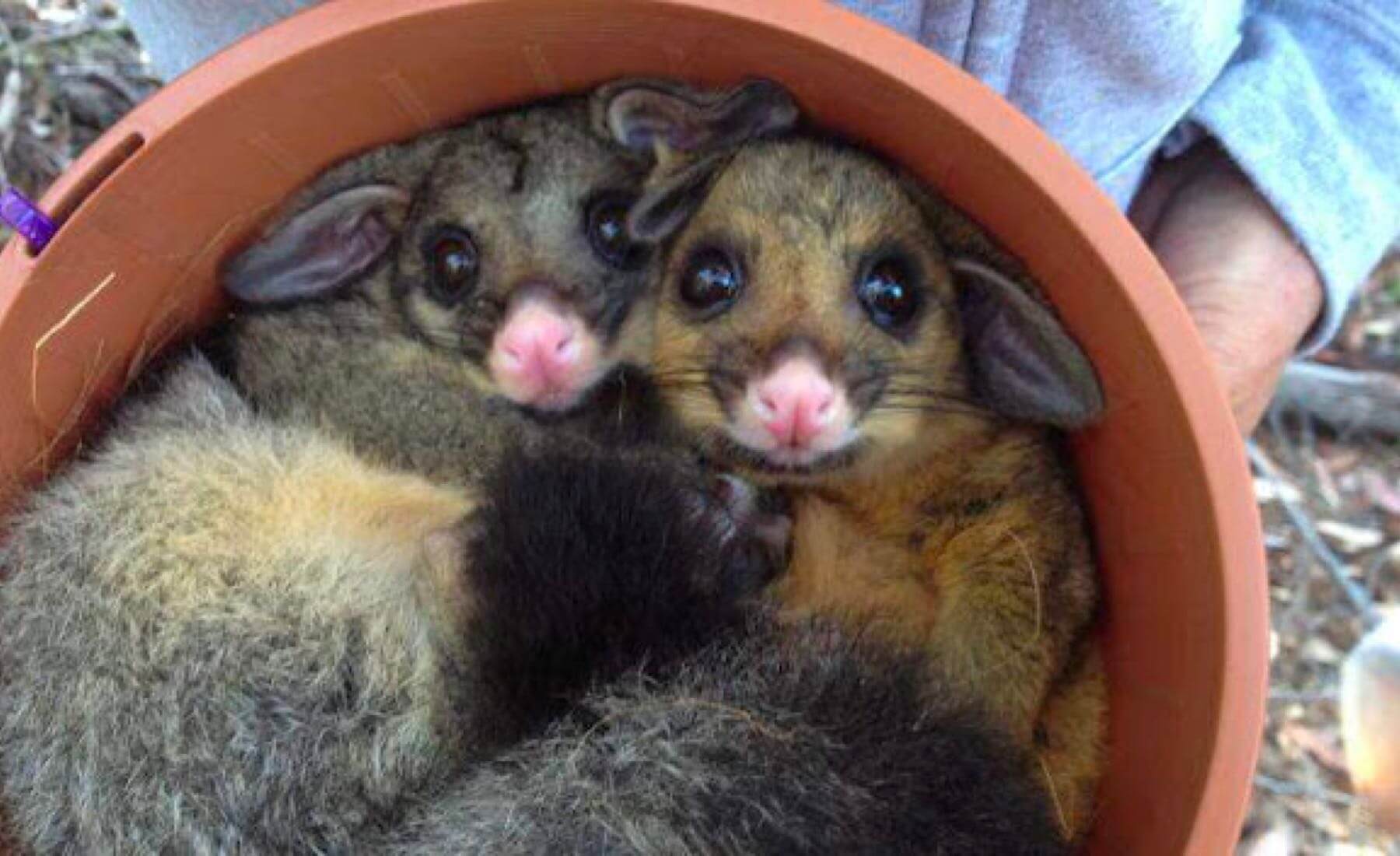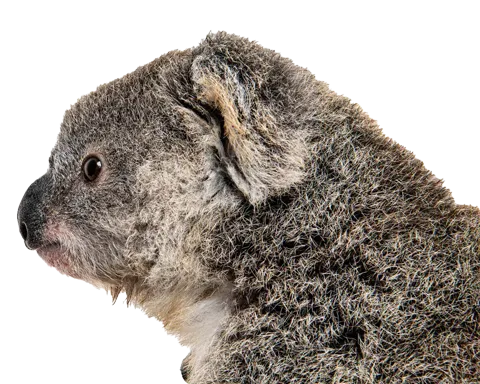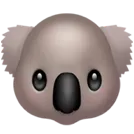
If you love our local wildlife, there are heaps of ways you and your family can get involved. Here is our top twelve list of ways you can help.
Helping Wildlife in Your Backyard
Lots of native animals and birds’ nest in the hollows of trees, but natural hollows take up to 100 years to form. The fact is urban development means fewer trees and that means there aren’t enough hollows to go around. But there is an answer to this real estate dilemma - nest boxes
Learn how to build a nest box HERE and a guide to possum boxes HERE.
As we head out of the drought and into El Nina, we are going to see a lot more rain. That means pools are filling up and animals getting stuck. Install a scamper ramp to help animals find their way out of the water.
Native plants attract birds and insects - so your backyard will be full of life! If you really want for your backyard to thrive, you can always install a native beehive. Your plants will love you for it! Native bees are stingless and easy to care for - it is a win-win.
Find some native plant inspiration HERE.
Find a guide to keeping native bees HERE.
Every year thousands of animals are injured in inappropriate netting of back yard fruit trees, or discarded netting. It entangles birds, lizards, snakes, bats and the occasional possum. The netting cuts their mouths to ribbons as they try to bite themselves free, and wraps so tightly around them that circulation is cut off and tissue dies, days or even weeks later. The animals die of thirst, starvation, strangulation or outright pain and fear in the nets. Many of those 'rescued' die later as a result of secondary infection or are euthanised because they are unreleasable. The nets go on killing year after year even when they have become tattered to the point they are no longer protecting fruit. Many landowners leave fruit to fall on the ground and rot, or the fruit are of such poor quality they do not eat them anyway - yet the nets remain killing wildlife.
Netting should always be disposed of carefully as animals such as snakes and lizards are very easily trapped when it is left lying on the ground. They are like ghost nets in the ocean, discarded fishing nets that trap and kill marine life. More information below.
Find out more HERE.
When using chemicals outside, you risk harming or even killing wildlife such as birds, bees, reptiles or pets. By poisoning rodents, you might kill prey birds as they feed on rodents. All animals’ nerves work in the same way, and these chemical killers work to kill small and large animals alike and also endanger human and environmental health. Insects are food for birds and wildlife and are needed for a healthy ecosystem. Pull your garden weeds instead of using herbicides.
HERE are some ways you can maintain a chemical free lawn.
Domestic cats are the number one killer of wildlife in Australia. They kill millions of native wildlife each year. Here are some good reason to keep your cat indoor:
HERE are some great tips on how to keep your cat happy inside.
Every year, lots of animals get injured due to waste produced by humans. They can starve to death when they ingest too much plastic that cannot be digested. Also, toxic chemicals in plastic can harm an animal’s health.
HERE are some great ways you can reduce your waste.
Be a Digital Wildlife Warrior
Digital technology has made it easier than ever to help protect our local wildlife. Here’s a list of apps for the wildlife lover and citizen scientist. Lots of these great initiatives will get the family involved in caring for native animals.
Track and report the migration of humpback and southern right whales as they travel up and down the NSW coast. Find out more and download the app HERE.
The WingTags projects are world-first studies being conducted by the Australian Museum, Royal Botanic Gardens & Domain Trust and the University of Sydney to help understand Sydney’s cockatoo, ibis and brush turkey populations. Find out more and download the app HERE.
Download IFAW's Wildlife Rescue App and you can help wildlife in Australia.
With Feral Scan, you can record pest animal activity in your local area to protect farms, biodiversity and communities.
Volunteer!
There are heaps of ways you can get involved with Sydney Wildlife Rescue. You don’t have to be a carer to join in. We’re 100% run by our dedicated team of volunteers. Here are a few ways you can help out.
Get in touch with us if you’d like to help Sydney Wildlife Rescue and like us on Facebook to keep up to date with volunteer callouts. CONTACT US.


